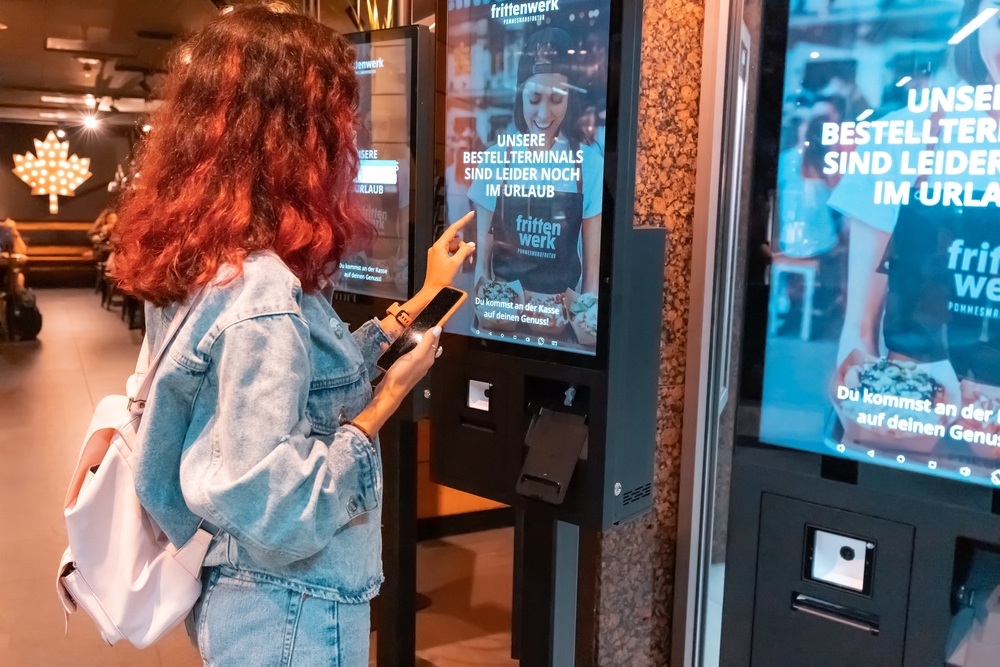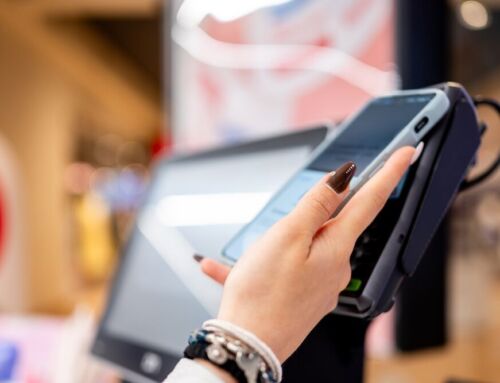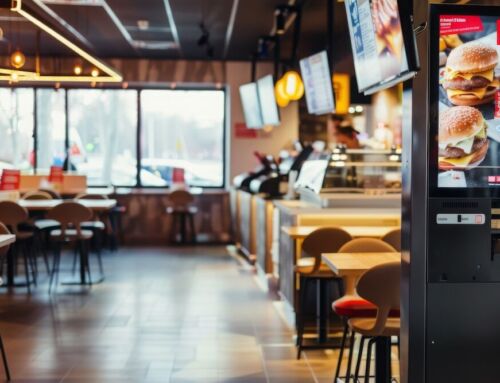In the world of tech, you have to pause for breath every now and then just to cope with the dizzying pace of innovation. Otherwise it all flies past in an incomprehensible blur. So with that in mind, we thought it would be useful to end the year with a forward-thinking look at the state of kiosk technology.
Here are four emerging and evolving trends we think are worth paying attention to in the year ahead.
Voice Interfaces
This is a trend we covered in more depth when McDonald’s announced the trial of voice-activated kiosks in Seoul, South Korea. With a third of internet users now regularly using ‘smart’ voice assistants like Alexa and Siri, we believe it’s only a matter of time before the voice interface trend crosses over to kiosks in a big way.
The benefits of voice interfaces include a simpler, more seamless and convenient experience for users, plus it improves accessibility for people with additional needs who are not readily able to use touchscreens.
Integration with Mobile Apps
This is another trend we’ve covered in this blog recently. Also known as ‘smartphone offloading’, greater integration between kiosks and mobile apps is one concrete example of how customer-facing organisations can break down barriers between digital and physical interactions, and create one big seamless ‘omnichannel’ experience.
As an example of how this works in practice, customers could check an item is in stock on mobile before they pass a store and reserve it, or order food for collection. Then when they arrive at the shop or restaurant, all they’d have to do is tap their device at a kiosk to confirm the transaction. Or flipping that the other way around, they could use a kiosk to locate items they are interested in a store, quickly have a look at them in person, and then have the details saved on their mobile app sent over from the kiosk so they can mull over whether they want the item and make the purchase later at their leisure.
AI-Powered Personalisation
No list of red hot tech trends is complete without mention of AI. We’ve written previously about the potential for Generative AI platforms like ChatGPT and Gemini to in effect turn every self-service kiosk into an information kiosk, with a user-friendly, chatbot-style conversational interface.
Another highly promising application of AI in self-service is its ability to personalise the experience. This is already common in settings where loyalty schemes or other forms of identification are used. By scanning a membership card or other ID credentials, a kiosk system can use data stored about an individual to do everything from take them straight to the services most relevant to them to make targeted recommendations based on previous purchase history and known preferences.
An exciting extension of this is the use of sensors and/or cameras to track the behaviour of, for example, customers in a shop and then use this data to make recommendations at the kiosk when they either come to make a purchase or look up information. This is similar to how behaviour-based targeting and personalisation works online.
Wider Use of Biometrics
The kind of behaviour tracking described above for the personalisation of self-service does raise important questions about privacy and consent. Under modern data protection laws, customers would have to explicitly buy into having their movements tracked by camera, and agree to that data being used at a kiosk to recommend products and services to them. The data collected would have to be kept highly secure, too.
One solution to this is the wider use of biometrics at kiosks. Already an important technology in scenarios where kiosks are used for identification and authorisation (think passport control, building access, event registration), fingerprint, facial recognition and other forms of biometrics can be used in retail and hospitality to support a secure form of first-person data collection.
Running facial recognition software on cameras, for example, would mean that any behavioural data collected would only be linked to the database of that individual and not anywhere else. And that data would only become ‘active’ when an individual chose to make an account at a kiosk (which could be as simple as a face/and or fingerprint scan and giving their name), in the process giving their consent to their data being used as part of the self-service experience.




